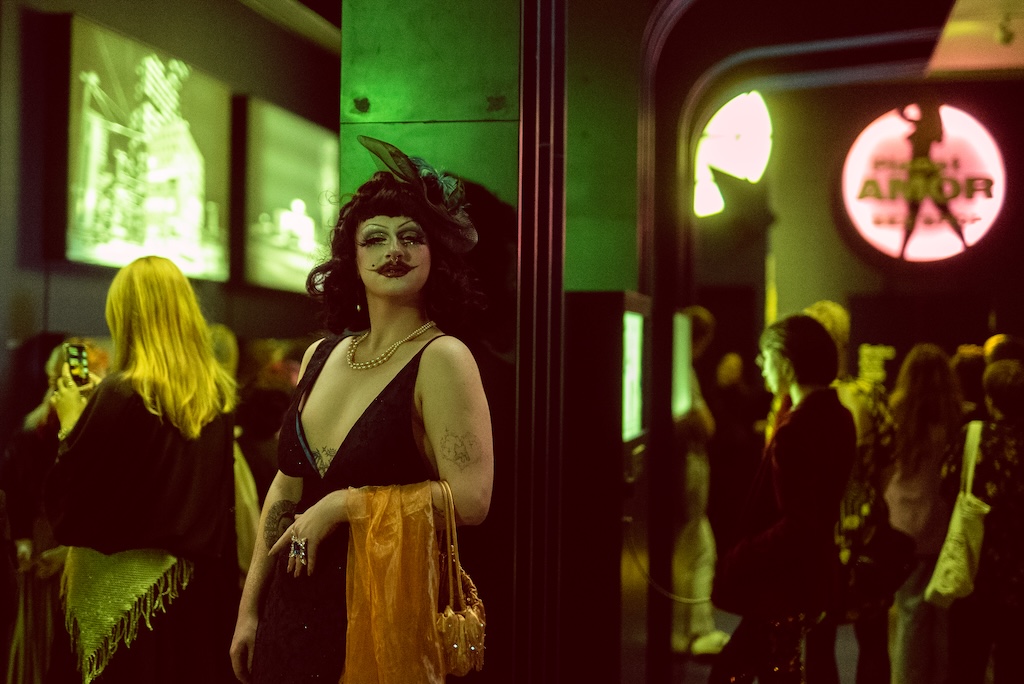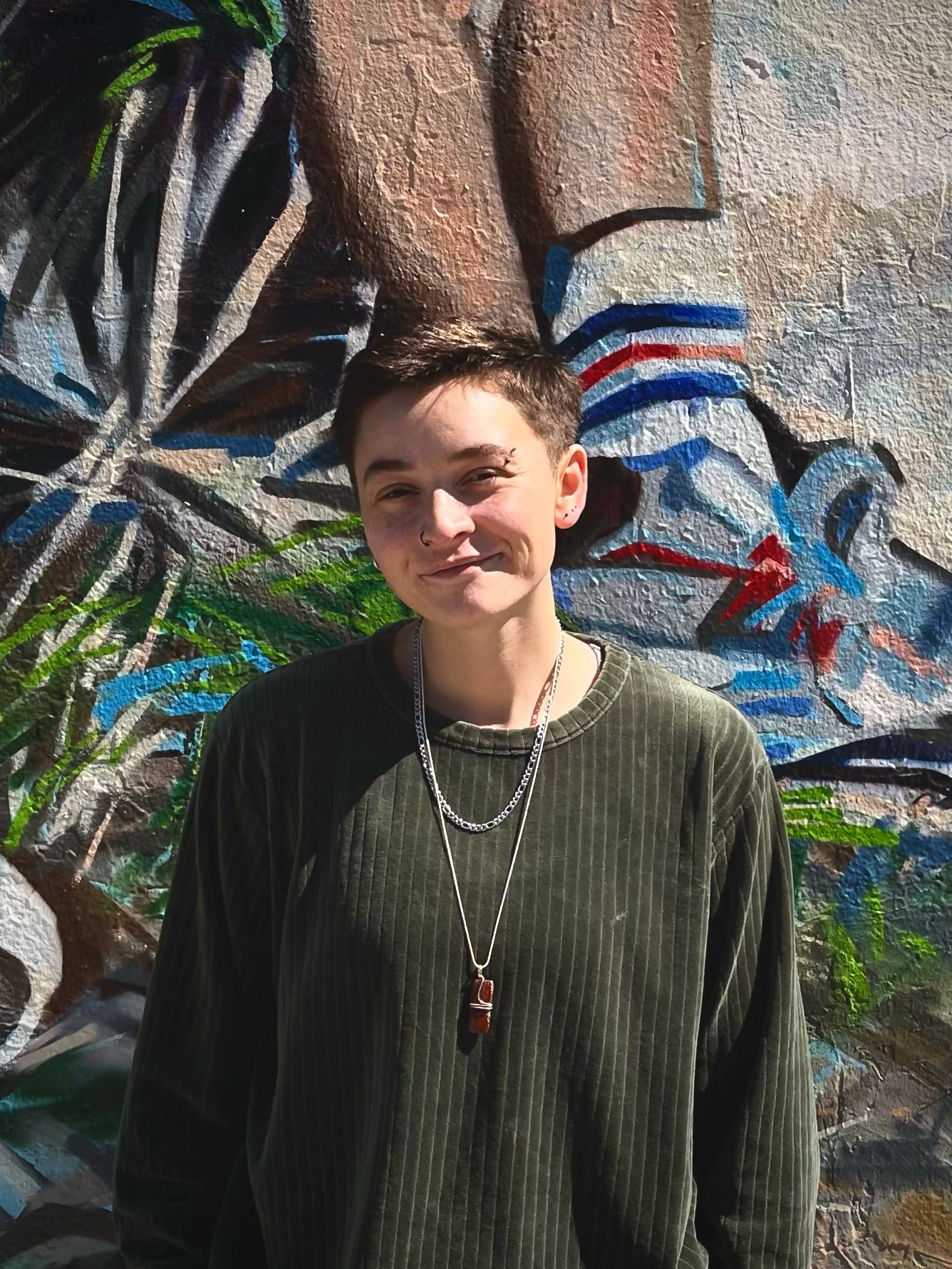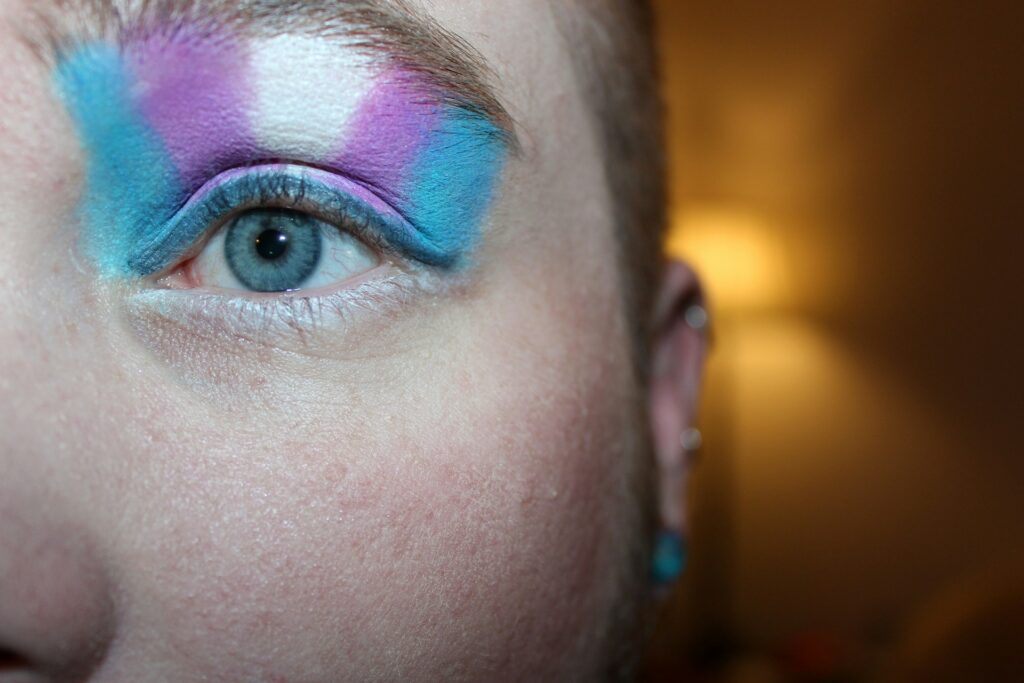A Renaissance for Estonian Drag: Gender Play and the Queer Sublime
A new era of the Estonian drag scene is blooming. What are its roots? And what’s next?
The Estonian drag scene has recently exploded with new faces and spaces, marking a new epoch.
Helgi Saldo (@helgi_saldo), a foundational figure in the scene, traces this wave to a pre-COVID rise in interest.
“I think the scene as it is now, with our generation (kids of the 90s), started with BÄM. This was the biggest shift,” Helgi recalls.
BÄM, which debuted in 2018, was a DIY queer party series, providing a stage for drag artists and voguers. It was a beginning for many Estonian performers because anyone could audition, perform, and gain a following.
When COVID hit, access to communal spaces and live art ground to a halt—but interest did not.
Major Danger (@majordanger_drag), a drag artist and Papa of House of Danger, remembers how momentum was channelled during COVID: “The drag scene did the fastest turnaround I’ve seen in the digital age. Everyone said, ‘Okay, we can’t do drag shows, so we’re going to do Instagram Lives and Zoom shows.'”
During COVID, Estonian drag artists continued performing online, building community, and connecting with each other. As a result, when lockdown ended, the moment was ripe for revitalisation. Scores of new artists were excited to perform and went to work redeveloping the scene.

Dykeonaut. Foto: Alecc Paalmäe @peroksiid
A New Era in Estonian Drag
The Estonian drag scene emerged from a grassroots network of artists themselves. After emerging from COVID lockdowns to find a lack of drag spaces, they set to work creating their own.
Major Danger captures this sentiment in a way that’s shared across the performers I spoke to: “I’ve always been like, ‘If you don’t see the space you want to be in, create one yourself.'”
And so, Estonian drag artists did just that.
BÄM kicked back up with in-person parties, Queer Planet parties appeared, drag artists hosted workshops and events, and bars hosted local talent. Pedestrian Drag School and Siinpool Sood brought in new faces, training them to catch eyes and crowds and providing them with a platform for their art.
Molly Matrix (@rasmussuur), a drag queen and vogue artist frequenting Tallinn and Tartu line-ups, recalls a similar trajectory in the Estonian vogue scene.
She saw a lack of Old Way vogue spaces in Estonia and created her own: “My motivator was meeting other old-way performers and finding other people to dance with.”
The vogue scene is experiencing a similar renaissance, especially with the establishment of the Estonian Ballroom Scene, which partners with ballroom artists from Latvia, Finland, and beyond to host workshops and balls.
Since, Molly has won awards for her walks across categories in local and international events, and now teaches regular vogue classes at Spirit Studios in Tallinn.
Molly explains, “In the last two years, we’re meshing together more, and there are a lot of new people coming in. People are interested; it just takes time to grow, to create that community.”

Molly Matrix. Photo: Alecc Paalmäe @peroksiid
The Gender of It All
Both Estonia’s vogue and drag worlds culminated from artists creating what they wanted to see.
“It was a slow burn,” Helgi recalls. “In 2019, people would ask me about the drag scene in Estonia, and I used to say, ‘There’s only 3 of us, and I’m one of them.'”
“[Estonian drag] wasn’t about looking like a woman, or trying to parody or mimic femininity. It was about channelling whatever gender you were comfortable with at any given moment.”
Gender bending and self-exploration run through the stories of all the Estonian drag artists I spoke to.
Delfi Oraakel (@delfi_oraakel), a House of Kuko queen based out of Tartu, discussed the importance of taking on gender expansion as part of her art.
“I am also a non-binary person,” she says, “and drag was a way for me to explore my gender identity and how I want to present myself, and now it’s become my career, and it’s also grown into an integral part of my identity… Drag is life!”
When I ask about the impression she hopes her drag makes on audiences, she says, “I hope it could be a mirror and mismatch of things. I’m a moustache queen. I am creating the genderfuckery of it all.”
Another House of Kuko artist, Dyekonaut (@dykeonaut), echoes this use of drag as a tool of self-exploration: “Drag gave me a chance to explore a different kind of masculinity than I do in my day-to-day life. My role is to show people that gender expression can be fun, especially for people who haven’t seen drag, or are coming to terms with their own gender expression.”
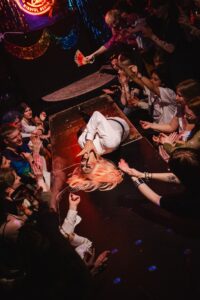
Molly Matrix. Photo: Alecc Paalmäe @peroksiid
Splendour as Revolutionary
Another theme among this generation of Estonian drag artists is the importance of queer vitality.
Dykeonaut notes that, “Queer nightlife is such a big part of the queer experience and finding joy. Sure, you can go protest, and that’s a big part of it, but it can be really heavy. My first goal will always be to let the audience escape and have fun for a bit.”
The experience of pleasure, especially for queer and gender non-conforming people, is revolutionary in itself.
Estonian drag artists fought hard to create a space for their art. In their daily lives, they face the adversity of difference, particularly as they move from a society still freeing itself of post-Soviet trauma.
Molly Matrix reflects, “I realised that a lot of my bigger performances have been about shame and my inner turmoil, all about sex and shame… You grow up in an eastern, post-Soviet country; it’s not that welcoming, and it’s pretty scary to be open. That’s always been the main motivator.”
But Delfi Oraakel, Dykonaut, and Molly Matrix all emphasise that queer art doesn’t have to be explicitly revolutionary to be impactful.
In fact, creating images of queer beauty and splendour has its own significant impact on audiences.
Delfi Oraakel says this tension, between resistance and joy, is something she actively navigates in her own art, reflecting on the words of Will Hung (@will.hung.drag), another House of Kuko member: “I used to think, ‘If my drag doesn’t have a message or meaning, then what is it good for?’ But something Will Hung once said to me was: ‘One thing we can do is fight for our space, but something else we can do is enjoy the space we fought for and be beautiful.'”
For a community actively navigating oppression and fighting for liberation, drag is, inherently, resistance. But drag artists’ choice to exorcise those demons through glitter, glam, and a good time is also a vital act.
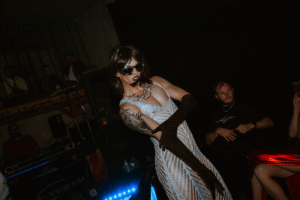
Molly Matrix. Photo: Eva (@ale.rane)
What’s Next for Estonian Drag?
When I ask Major Danger how they envision the future of this moment, they emphasise how far the community has already come: “It has gone past the individuals, towards collectives.”
“When we were starting out, it was a few individuals trying something, but now, there are so many of us that there can be full-on drag collectives in Estonia. It’s not an individual effort anymore. I can talk about a drag community in Estonia—which, I don’t think I could have done six years ago.”
The future of Estonian drag stands at the intersection of its DIY roots and movement toward the exploration of the genderfucked and the splendid.
All the labour and love the artists mentioned here poured into this movement, all the work of Estonian activists and ancestors to make life better for LGBTQ+ people, come together in the celebration of queer self and joy that Estonian artists are exploring in this particular moment of their story.
When I think about what’s next for Estonian drag, my only thought can possibly be: what isn’t?
